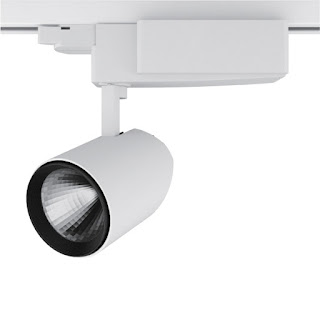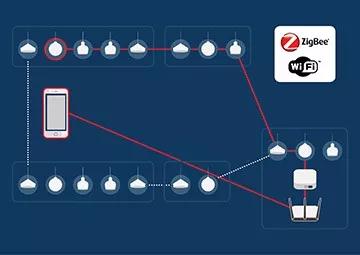It is reported that hospitals and laboratories often use ultraviolet light to kill bacteria, but this approach has a major drawback, that is, causing harm to humans. As a result, UV light can only be sterilized in unattended operating rooms and in empty laboratory enclosures. Researchers have now found that shorter wavelengths of germicidal UV light may be harmless to the human body and, according to theory, have developed it into a new tool that can be used in schools, crowded aircraft, food processing plants, and even operating and laboratory laboratories And other places to slow down the spread of the disease. Ultraviolet light sterilizes bacteria by disrupting the molecular bonds that bind the bacterial genetic material to the protein. Among them, the most commonly used is 254nm light, which contains a short UV wavelength, the so-called class C, however, it can penetrate the skin and eyes, leading to cancer and cataracts and other diseases. To this end, David Brenner, a phys...











